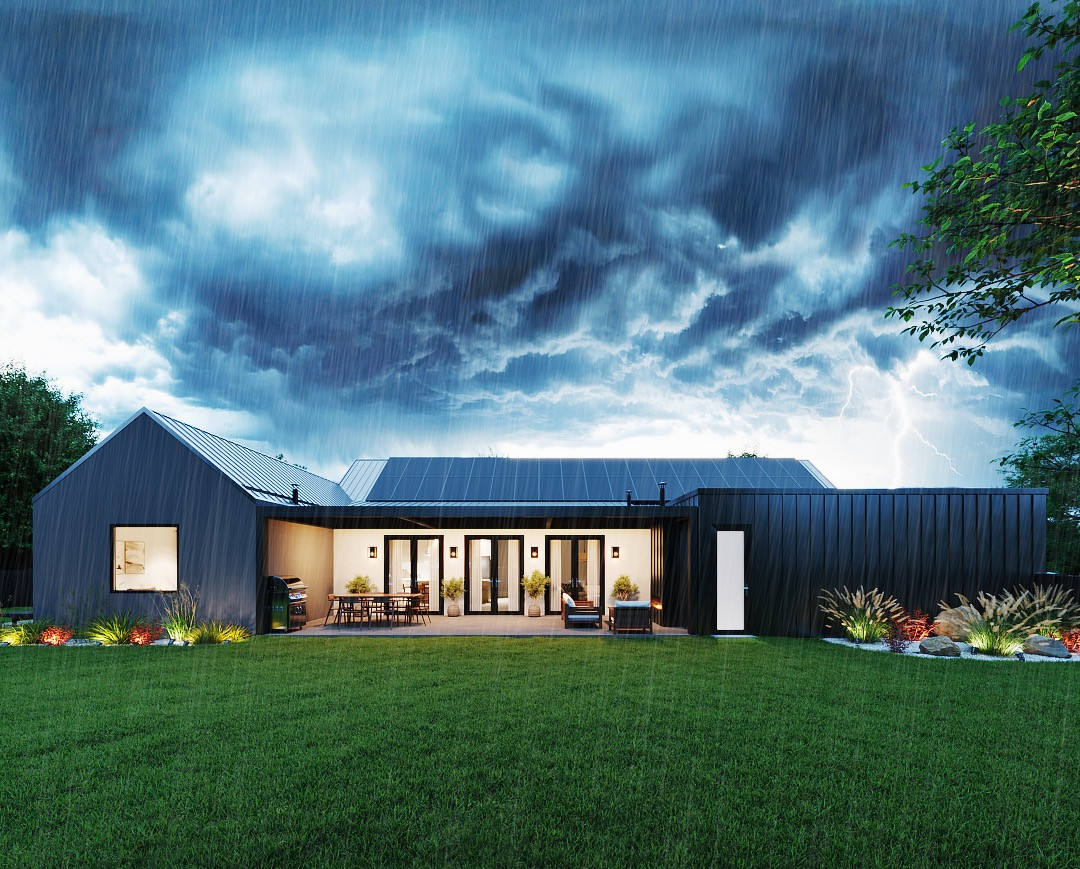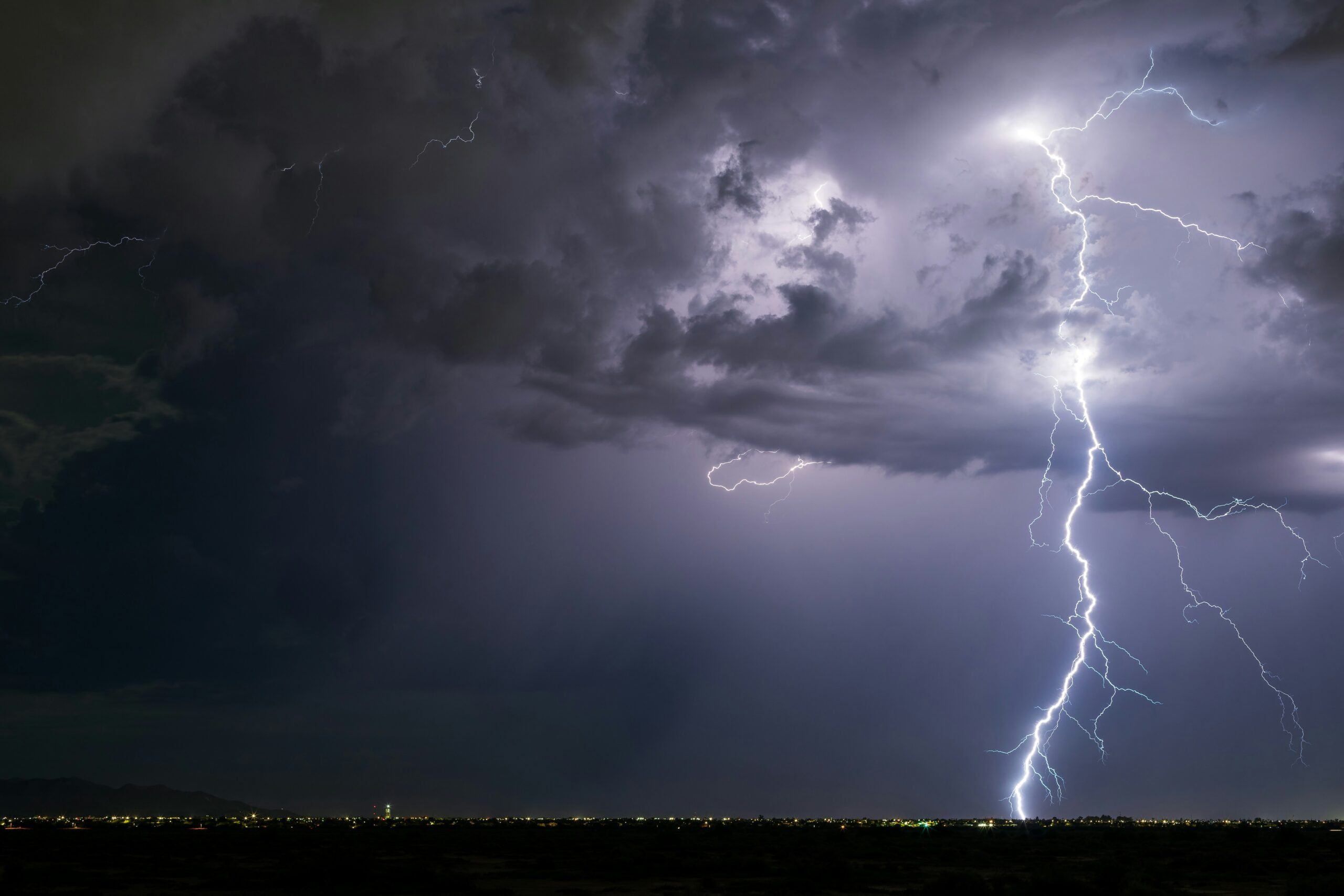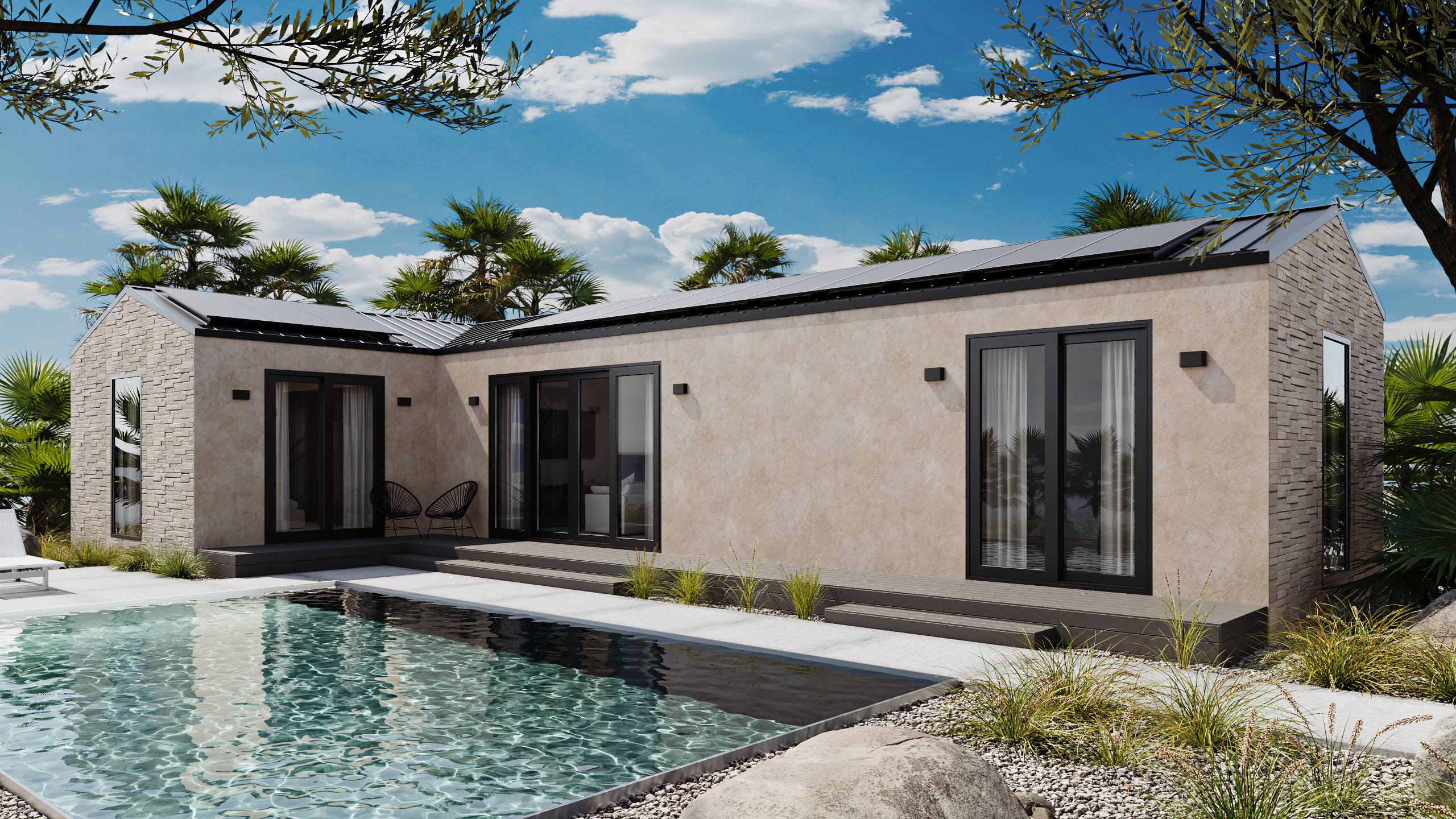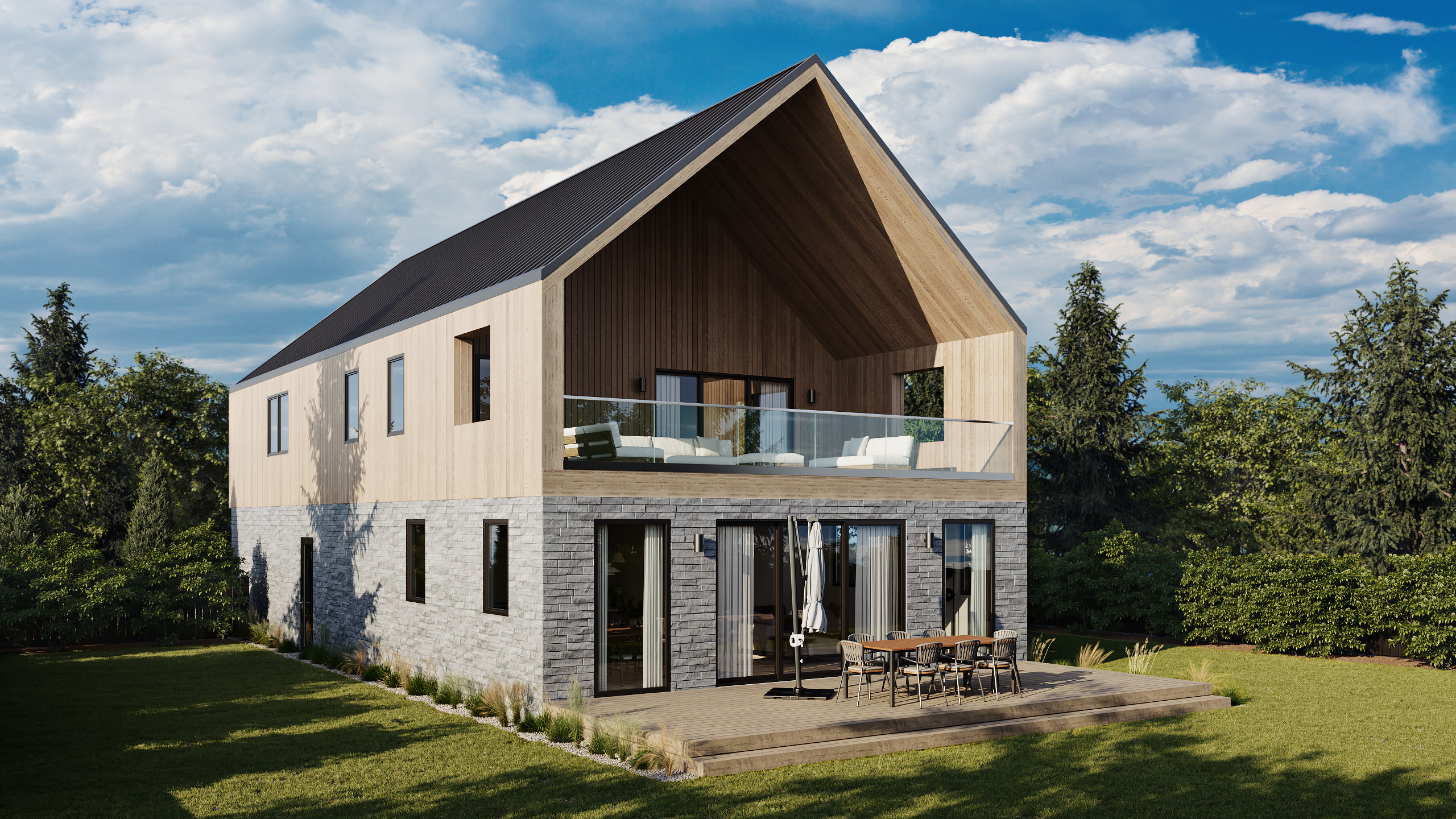Not just hot air: An intro to home heat pumps
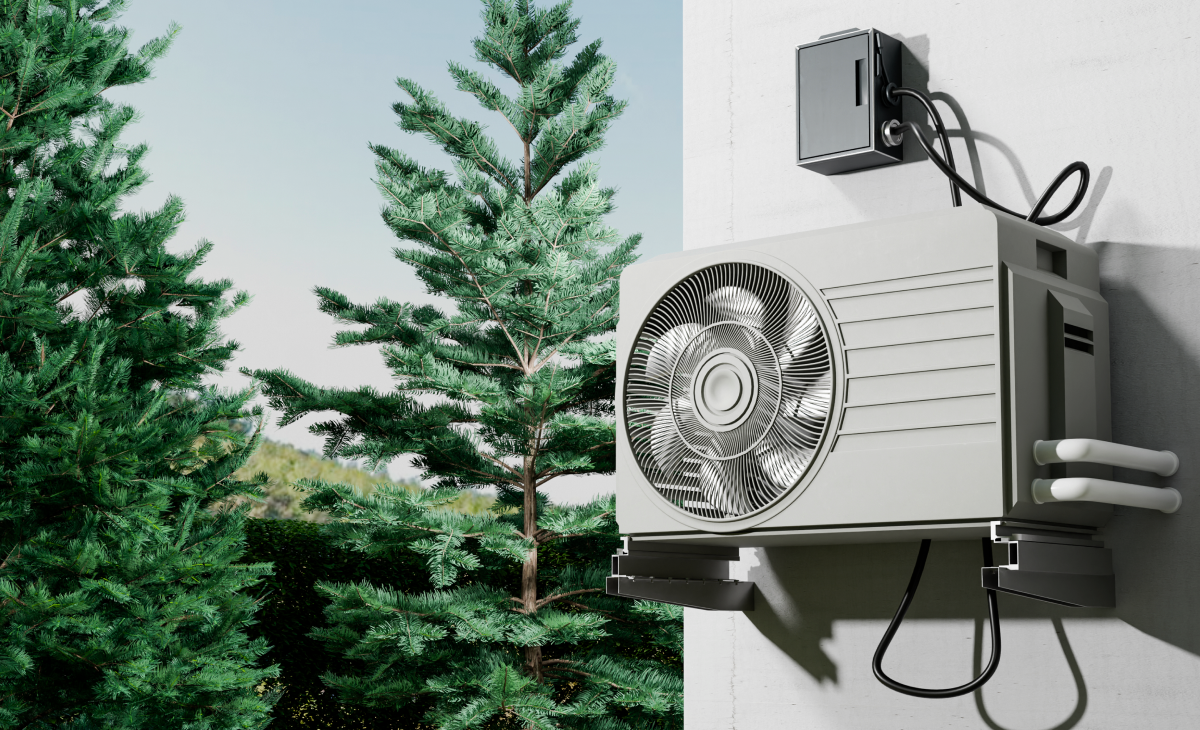
You don’t have to choose between your wallet and the world.
Some things can be good for both.
Like induction stoves, heat pumps are hot, hot, hot. Last year, Americans bought more heat pumps than gas furnaces for the first time. The emerging home comfort solution shows pretty big potential for changing how Americans heat and cool their homes.
Won’t burn fuels, won’t burn cash
Experts agree that heat pumps are one of the best steps homeowners can take to cut their home’s carbon. Without sacrificing comfort.
“A heat pump is probably the biggest thing that consumers can do to help fight the climate crisis,” said Amy Boyd, director of policy for the Acadia Center, an advocacy organization working to cut carbon emissions in the Northeast.
According to the self-described climate and sustainability nerds at Carbon Switch, heat pumps provide an “unbelievable amount of carbon reductions” — more than 10x the carbon savings you’d get from installing LED lighting in your home.
That’s the world part. Now let’s look at the wallet.
The New York Times calls them the “cheapest and most efficient way to handle both heating and cooling for your home, no matter where you live.”
According to the Department of Energy, some homeowners can save $1,000 per year in energy costs by switching to a heat pump.
All that, and they’re pretty quiet, too.
What are heat pumps and how do they work?
Heat pumps are an alternative to furnaces and air conditioners for all climates. Similar to your refrigerator, heat pumps use electricity to move heat from outside to inside, or vice versa.
During colder months, heat pumps move heat from the outdoors into your house. During warmer months, heat pumps reverse that flow.
They only have to move heat, instead of generating it by combusting a fuel source, which makes them way more efficient than traditional HVAC systems.
How do they work in the winter?
The refrigeration cycle within a heat pump includes three parts: the compressor, the condenser, and the evaporator.
During the winter, the heat pump extracts heat from outside through the evaporator, which holds refrigerant. The refrigerant absorbs this heat and evaporates, transforming into a gas.
The compressor then ups the temp and the pressure of the refrigerant before it flows to the condenser where the refrigerant pushes its heat energy inside your home.
Even in cold weather, the outdoor air holds enough heat for this process to work.
Which type do I need?
There are three main types of heat pumps for “ducted” homes: air-to-air, water source, and geothermal. They collect heat from the air, water, or ground outside your home for concentrated use. Most residential heat pumps are the air-to-air variety.
If you live in a home without ducts and want to join the heat pump revolution, fear not: air-to-air heat pumps also come in a ductless version called a mini-split heat pump.
Most manufacturers offer both options, and heat pumps can also work within a hybrid system of both ducted and ductless units, feeding off a single compressor located outside your house.
Is this all just a bunch of hot air?
Heat pumps do come at a cost.
Forbes breaks down the typical costs of each type, and puts the average installation sum at $5,500. The “it depends” variables include: your home’s size and existing ductwork, your geography and climate, and access to state energy programs.
But as one new heat pump owner, profiled by The Times, put it: “There’s a million ways you can spread out the costs and get rebates and get energy credits.”
All the way through 2032, you can get federal income tax credits (up to 30 percent of the cost) for new heat pumps, according to Energy Star.
MIT Technology Review reports that the recently passed Inflation Reduction Act includes federal tax credits of up to $2,000 for taxpayers installing heat pumps.
And homeowners can get up to $8,000 in rebates and incentives from their local government and utility. You can check the DSIRE website, search for your state, and filter for residential energy efficiency.
Even heat pump journeys need a guide
Unless you’re already an experienced home renovator, we recommend you find a contractor to help you through your installation process.
Your home, geography, climate, and local zoning laws can all affect the choice of heat pump, and a contractor can help you navigate.
I’d prefer a package deal
Those of you who want to skip the journey and buy a brand-new home will find a supply out there that increasingly features heat pumps.
To meet goals around cuts to carbon emissions, various states are pushing to mandate the use of heat pumps in new construction.
Contractors and real estate developers are taking action, too. A new development under construction in Brooklyn’s Greenpoint neighborhood will soon be the largest residential project in New York state to use a geothermal heat-pump system.
All of the building’s 834 rental units will meet their home comfort needs by extracting heat from, or pumping heat into, the ground.
Skip the installation costs
At Momo, we’re fine-tuning our homes with some pretty advanced energy-efficient features. These include Trane heat pumps, with compressors that handle minute changes in the environment with 750 incremental settings.
Rated down to 0 degrees F, Trane heat pumps are an excellent energy-efficient choice for nearly all U.S. cities.
They’ll come standard in every Momo design, already installed, to help make your home better for both your wallet and the world.
Cheers,
Mike
Mike McAllister is head of story for Momo Homes.
Track the global transition to sustainable homebuilding.
Subscribe to the Momo Focus newsletter.


